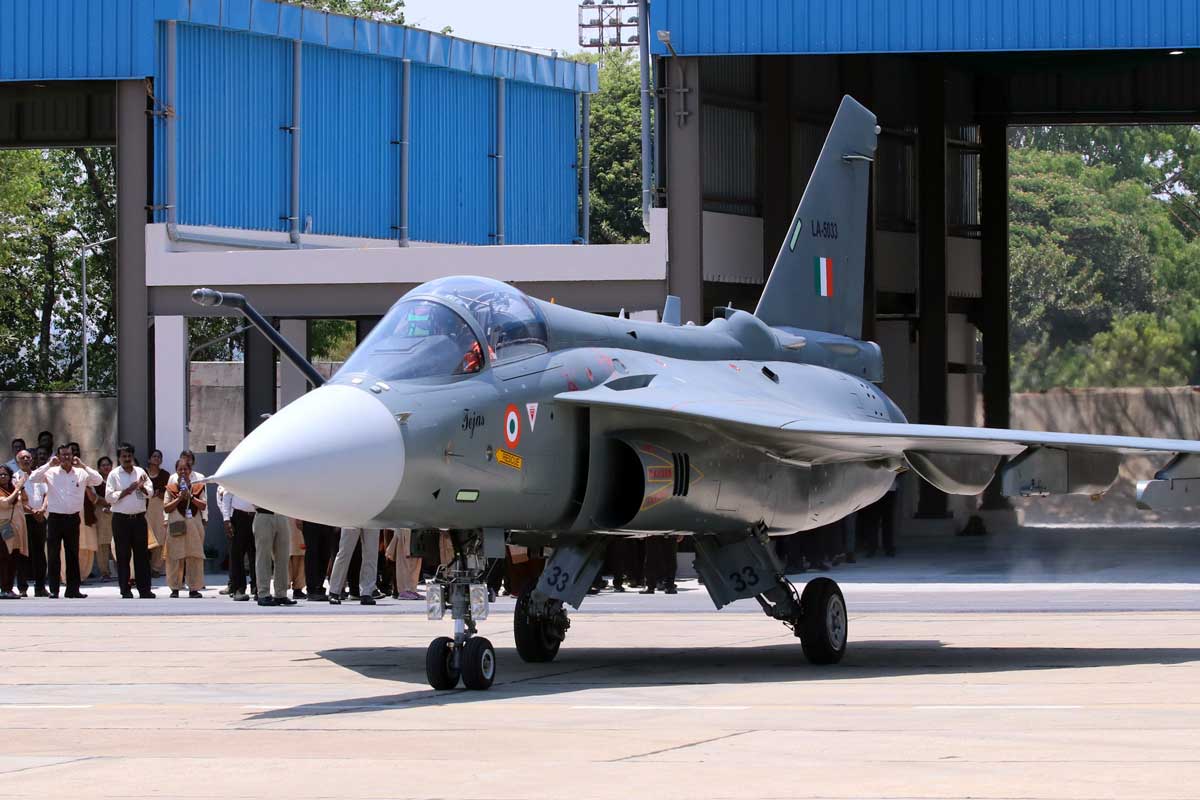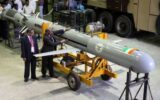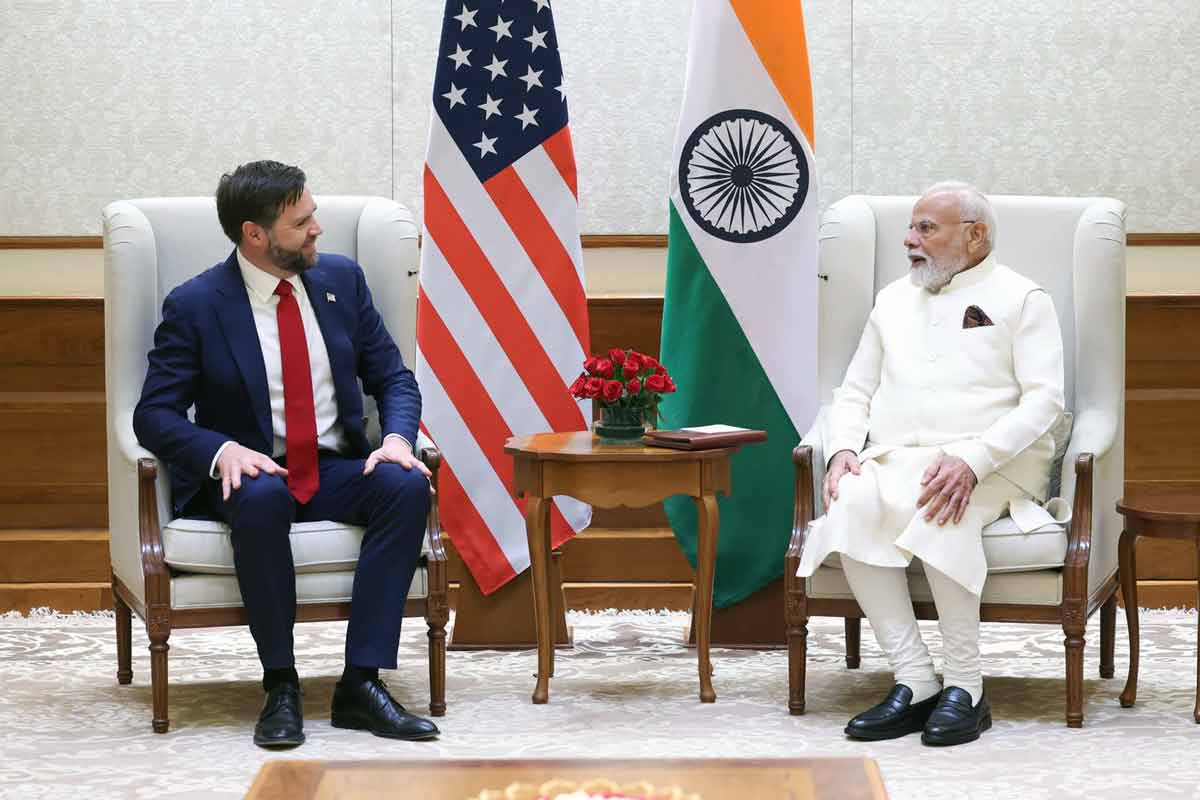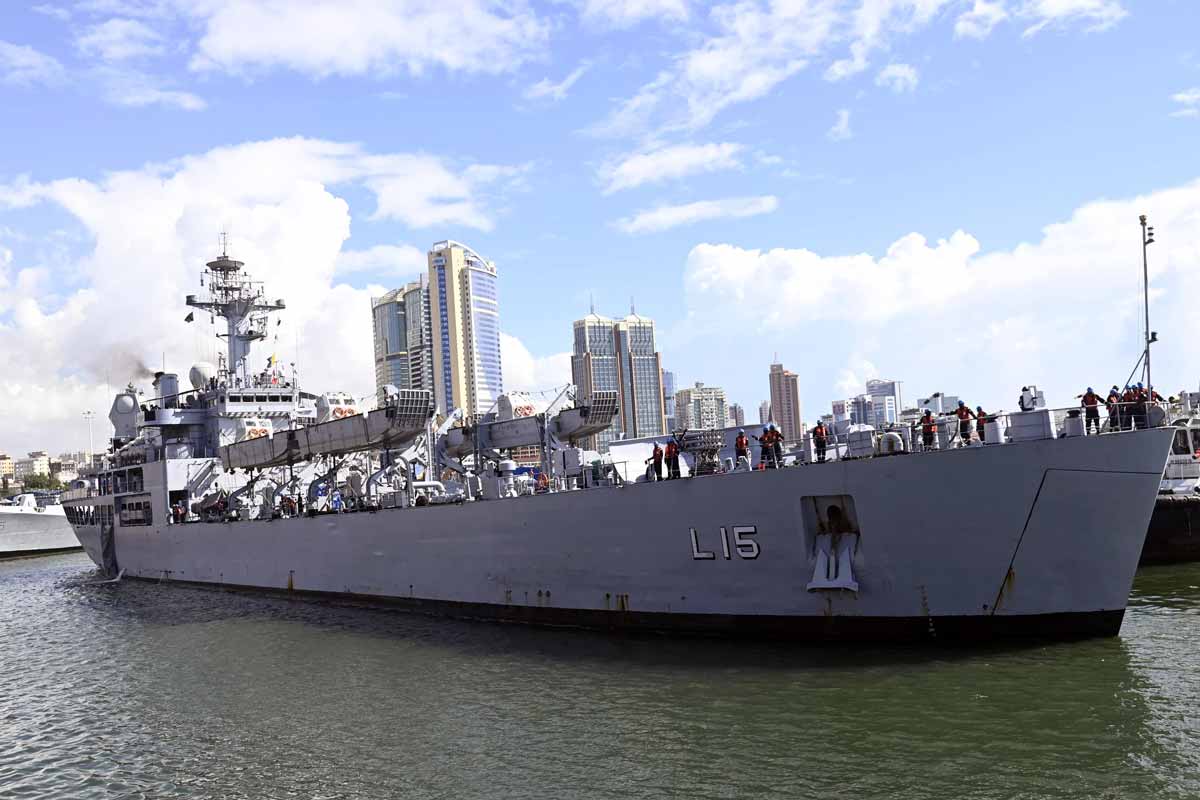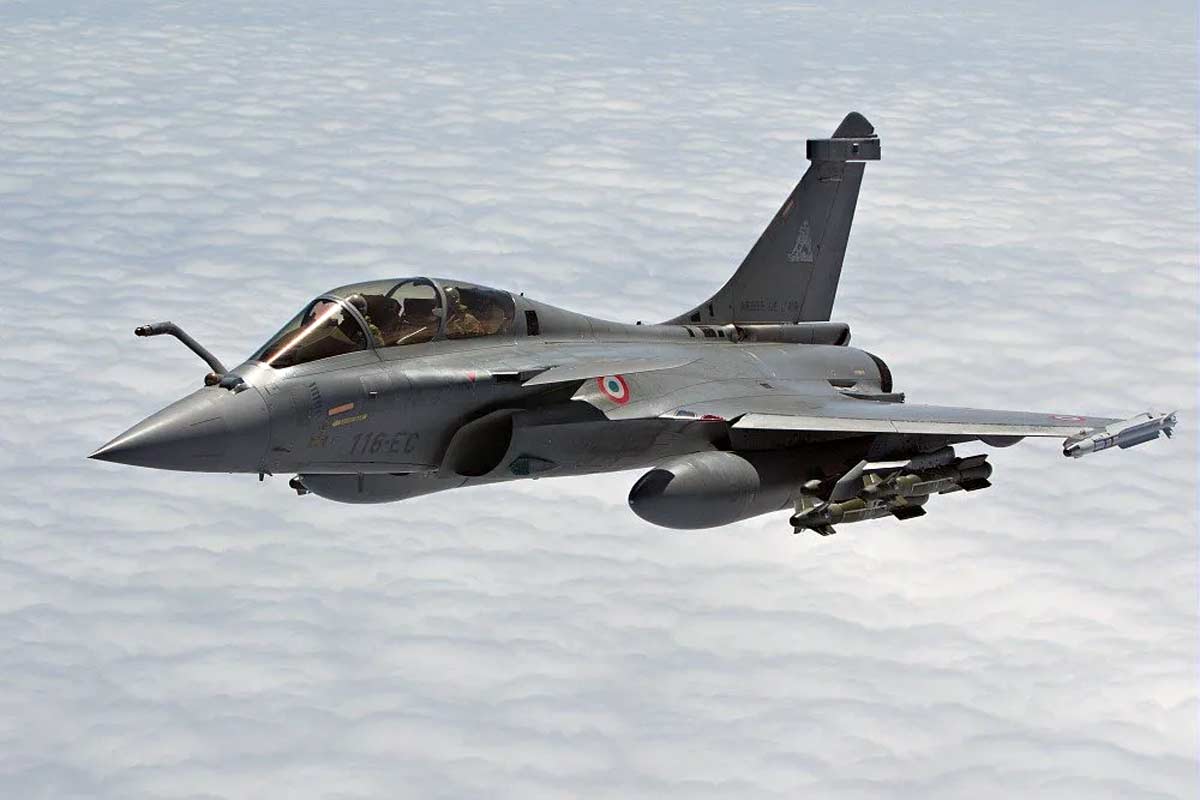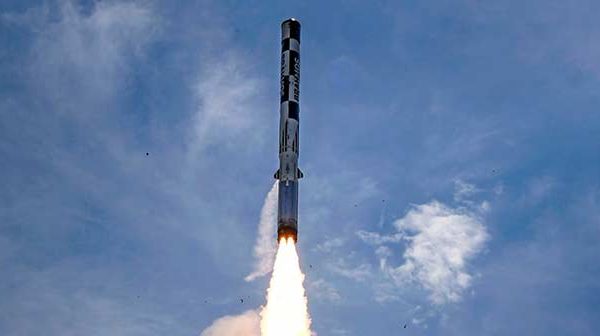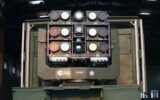Maiden flight of Tejas Mk1A: India Thursday conducted successful maiden flight of an upgraded version of indigenous fighter jet LCA Tejas Mk1A. On March 28, an upgraded variant of the Light Combat Aircraft (LCA) Tejas Mk1, took to the skies for its maiden flight from the state owned aircraft manufacturer HAL’s facility in Bengaluru in Southern India. This successful 18-minute sortie marked a significant leap forward in the country’s quest for self-reliance in fighter jet production.
“HAL achieved this significant production milestone with concurrent design & development amid major supply chain challenges in the global geo-political environment subsequent to the contract signature in February 2021,” HAL said in a post in micro-blogging platform X.
The flight was piloted by Chief Test Pilot Group Captain KK Venugopal (retd).
READ: IIT Jodhpur develops 3D-Printed drone for use in air, land and water
Tejas Mk1A: Taking Flight with Enhanced Capabilities
The Tejas Mk1A is the culmination of these aspirations. Here’s a breakdown of the key differences between the two variants:
AESA Radar: One of the most significant upgrades is the incorporation of an Active Electronically Scanned Array (AESA) radar. This advanced radar offers superior range, resolution, and multi-tasking capabilities compared to the mechanically scanned radar of the Mk1. It allows the Mk1A to detect and track targets at greater distances, engage multiple targets simultaneously, and improve its overall situational awareness.
Enhanced Avionics Suite: The Mk1A comes equipped with a completely revamped avionics suite, featuring state-of-the-art displays, improved communication systems, and advanced navigation aids. This translates to better pilot-machine interface, improved decision-making during combat, and all-weather operational capability.
Beyond-Visual-Range (BVR) Missiles: The Mk1A boasts an inbuilt capability to fire BVR missiles, a crucial upgrade for modern aerial warfare. This allows the aircraft to engage enemy targets from a safe distance, significantly enhancing its first-strike capability.
Improved Airframe Design: The Mk1A incorporates certain design modifications to improve its overall performance. These include aerodynamic tweaks for enhanced maneuverability and extended range, as well as the use of advanced composite materials for weight reduction and increased structural integrity.
READ: CCS nod for India’s 5th Gen Stealth Fighter Jet AMCA
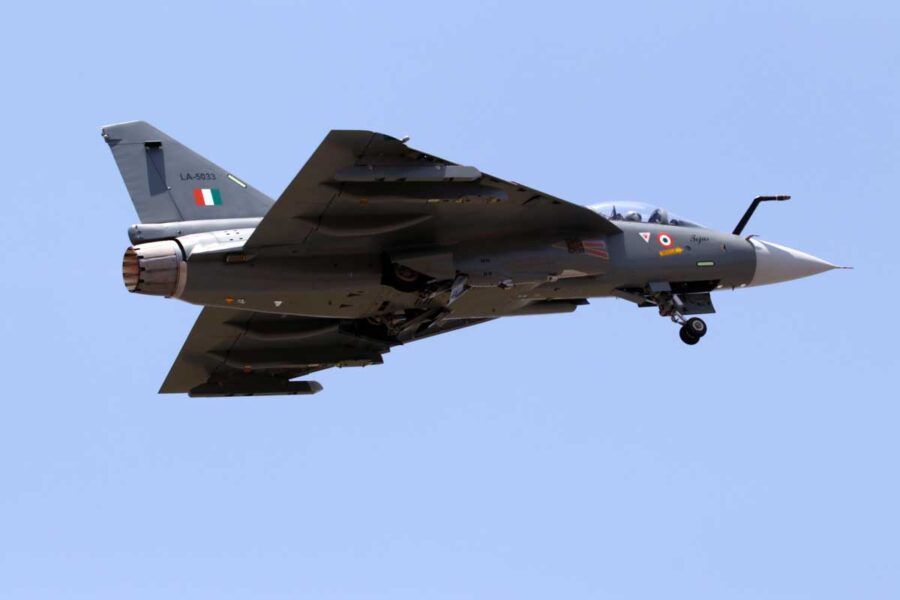
Maiden flight of Tejas Mk1A (March 28, 2024, India).
Significance of the Tejas Mk1A
The successful maiden flight of the Tejas Mk1A signifies a major milestone in India’s indigenous defense program. Here’s why it’s significant:
Self-Reliance: The Mk1A project demonstrates India’s growing prowess in designing and developing complex military aircraft. Reduced dependence on foreign imports strengthens national security and paves the way for future advancements in indigenous fighter jet technology.
IAF Modernization: The Mk1A’s advanced features will significantly bolster the IAF’s capabilities. Its improved detection, tracking, and targeting systems will provide a significant edge in aerial combat situations.
Economic Benefits: The Tejas program has the potential to generate significant economic benefits through job creation, technology spillover into other sectors, and potential export opportunities.
READ: Mission Divyastra: DRDO testfires MIRVed Agni-5 ICBM
Development of Tejas fighter jet
The Tejas project, initiated in the 1980s, aimed to develop a lightweight, multi-role fighter aircraft to replace India’s aging MiG-21 fleet. The first prototype of the Tejas Mk1 flew in 2001, and after extensive testing and modifications, it entered service with the Indian Air Force (IAF) in 2016. T
he Mk1 variant boasts impressive capabilities, including agility, maneuverability, and a potent weapons package. However, the IAF expressed a desire for further advancements to enhance its combat effectiveness.
READ: Union Budget: No change in tax structure, FM sticks to path of fiscal consolidation
Future Programme
The Tejas Mk1A’s maiden flight marks the beginning of a rigorous testing and evaluation phase. Following successful trials, the IAF is expected to induct the Mk1A into service, gradually replacing the aging MiG-21s.
This indigenous fighter jet has the potential to be a game-changer for the IAF, ensuring its continued dominance in the skies. The Tejas Mk1A’s success story is a testament to India’s growing technological capabilities and its unwavering commitment to self-reliance in the defense sector.
READ: US-India drone deal holds significant importance: State Department


